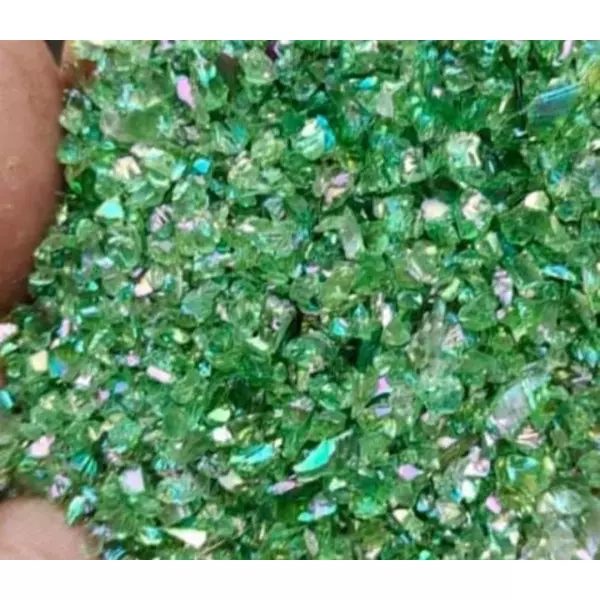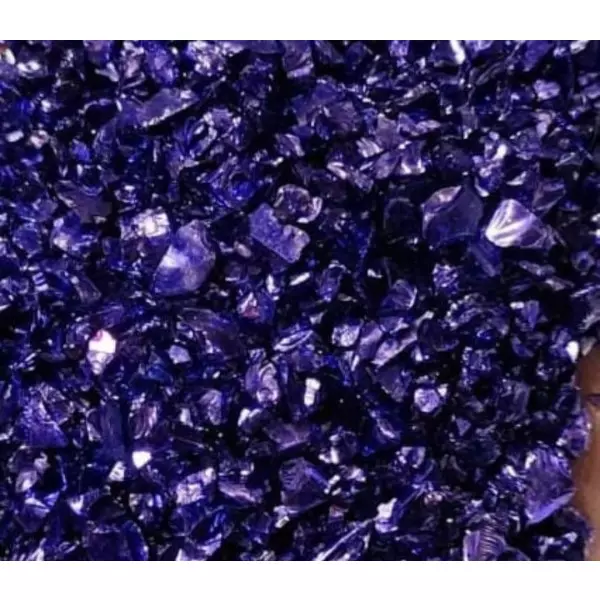Glass Adhesives Dealers In Bhopal
Details of Glass Adhesives
Glass adhesive is a type of glue specifically formulated to bond glass to glass or glass to other materials like metal, plastic, or wood. It’s used in various applications including home repairs, crafts, automotive, and industrial manufacturing. Here’s a detailed overview of glass adhesives:
Types of Glass Adhesives
Silicone Adhesive
Properties: Flexible, waterproof, temperature-resistant.
Best for: Sealing glass to frames, aquariums, bathrooms, and windows.
Curing Time: 24–48 hours.
Pros: UV-resistant, remains flexible, good for outdoor use.
Cons: Not ideal for load-bearing bonds.
UV-Curing Adhesive
Properties: Cures under ultraviolet light.
Best for: Crystal-clear bonds, optical glass, displays, glass furniture.
Curing Time: Seconds to minutes under UV light.
Pros: Invisible bond line, strong, fast curing.
Cons: Needs UV light and clear glass.
Epoxy Adhesive
Properties: Strong two-part adhesive (resin + hardener).
Best for: Structural bonding, repairs, glass to metal or plastic.
Curing Time: 5 minutes to several hours depending on formula.
Pros: Very strong, gap-filling, chemical-resistant.
Cons: May yellow over time, can be rigid.
Acrylic Adhesive
Properties: One or two-part adhesive.
Best for: Quick repairs, bonding glass to other surfaces.
Curing Time: A few minutes to an hour.
Pros: Bonds dissimilar materials, fast curing.
Cons: Can be brittle, strong odor.
Polyurethane Adhesive
Properties: Elastic and moisture-curing.
Best for: High-flex applications, glass to wood or plastic.
Curing Time: 24–48 hours.
Pros: Flexible, weather-resistant.
Cons: Not transparent, can foam during curing.
Applications of Glass Adhesive
Home repair (glassware, windows, mirrors)
Crafts and DIY projects
Automotive (windshields, mirrors)
Electronics (touchscreens, optical bonding)



